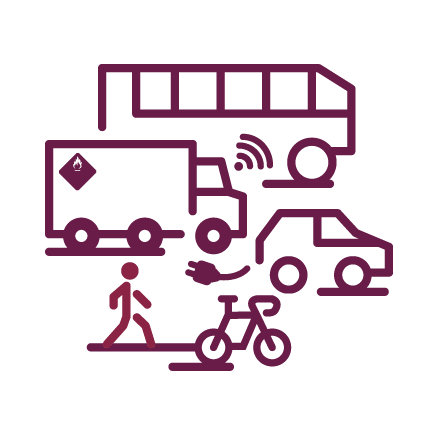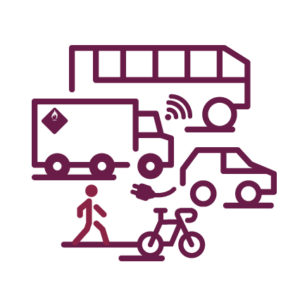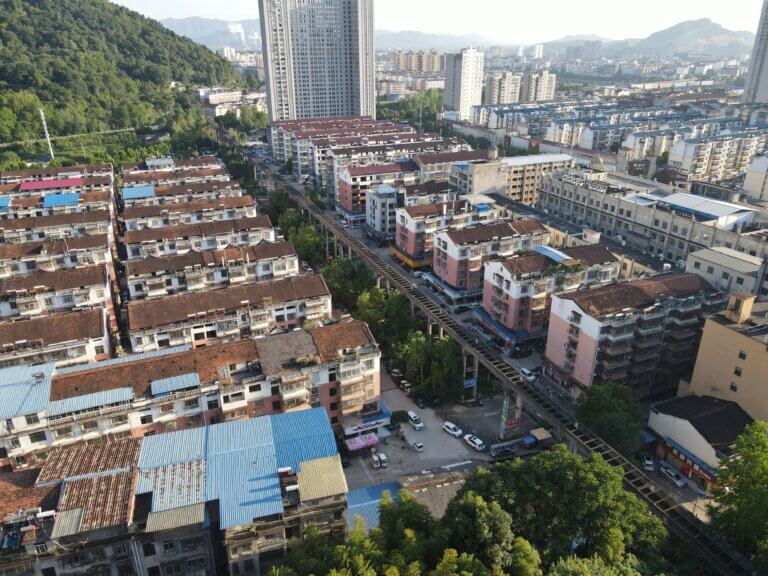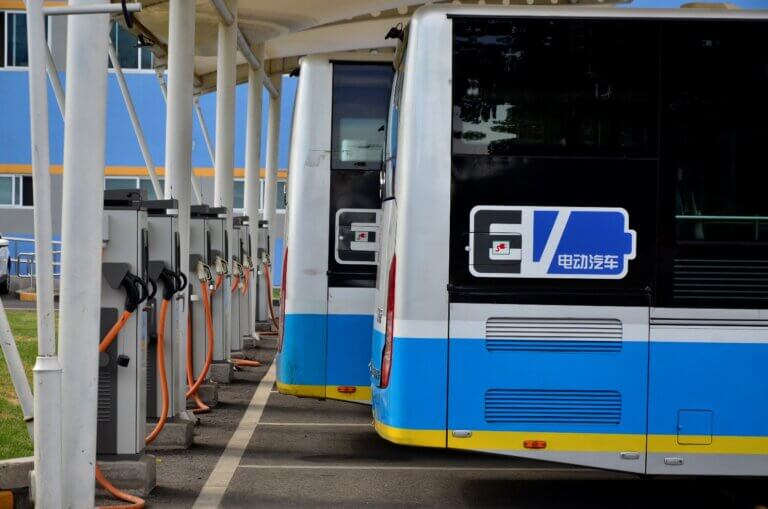The China Transport Sector Policy Briefing is a format that aims to provide news on the latest policies in the Chinese transport and mobility sector. Compiled by the GIZ China Mobility Team, it will on a regular basis provide insights into changes and plans in China’s regulatory landscape in the fields of mobility & infrastructure, environment & climate, as well as industry & technology. Ultimately, this format is meant to inform and fuel dialogue on developments in the transport and mobility sector of China and can be used by everyone interested in the Chinese transport and mobility sector.
All content has been prepared with the greatest possible care and is provided in good faith. The assumptions, views, and opinions expressed in this article do not necessarily reflect the official policy or position of Deutsche Gesellschaft für Internationale Zusammenarbeit (GIZ) GmbH
█ Mobility and Infrastructure
1. Six pilot cities chosen for integrated development of smart city infrastructure and intelligent and connected vehicles (ICVs): The Chinese Ministry of Industry and Information Technology (MIIT) and the Chinese Ministry of Housing and Urban-Rural Development (MoHURD) together published the first batch of pilot cities for improving smart city infrastructure and ICV development in China. For a pilot period of two years, Beijing, Shanghai, Guangzhou, Wuhan, Changsha and Wuxi will pilot smart infrastructure, vehicle-to-city network platforms, the application of ICVs and the development of regulation and standards.
2. Smart parking system to be developed by 2035: The National Development and Reform Commission (NDRC), the Ministry of Public Security (MPS), MoHURD and the Ministry of Natural Resources (MNR) have issued a guideline which sets the goal to provide sufficient parking facilities in all cities by 2025, and to complete a comprehensive and smart parking system by 2035.
3. Railway development plan promotes intermodal links: NDRC and the Ministry of Transport (MoT) together with the National Railway Administration and China Railway issued a Guideline on the improvement of China’s railway network. The document advocates to improve intermodal links, connections between the railway network and areas such as ports and logistics parks, as well as cargo transportation capacity. By 2035, the railway network shall be optimized and railway-related debts shall be within a reasonable range.
█ Climate and Environment
4. CHINA VI b emission standard implemented for Heavy Duty Vehicles: From 1st July 2021, only heavy-duty diesel vehicles which meet the national emissions standard China VI b (comparable to Euro 6) can be produced, imported and sold in China. Automobile manufacturers and importers need to disclose information on the emission inspection and pollution control technology before the vehicle leaves the factory or enters China. Vehicles need to have an onboard diagnosis technology and log information about the emission of the vehicle to a platform operated by the Vehicle Emission Control Centre under the Ministry of Ecology and Environment (MEE).
5. Vehicles which do not meet emission standards to be recalled: Starting from 1st July 2021, motor vehicles not meeting the relevant national standards for air pollutant emissions, shall be recalled. Producers and operators engaged in sales, rental and repair shall record and retain relevant information and report it as required. Violation is punishable by a fine up to ca. 4,000 EUR (30,000 RMB).
6. Repair and recycling of scrapped and old vehicles: In order to regulate the reuse of automotive parts, NDRC has issued interim measures on managing the requirements for recycling and reuse, product and market management and supervision and management. The measures include requirements on quality assurance and environmental protection and for the first time also put an emphasis on product management after reassembly.
7. Navigation on China’s Yangtze river to consider environmental protection: MoT issued a statement on the implementation of the Yangtze River Protection Law in June 2021. It states that the waterway transport infrastructure shall be improved with the help of the local governments, and habitats for aquatic organisms shall be protected from navigation, while no dangerous chemicals shall be transported via inland waterways in the Yangtze river basin.
█ Industry and Technology
8. Product approval requirements for autonomous driving specified: L3 and L4 vehicles may in future be approved for driving on Chinese roads, if they meet the requirements of a new guideline, which is currently under drafting. If adopted in the current stage, the guideline would stipulate that vehicles need to be able to automatically detect failures of the driving automation system and then prompt human intervention. Enterprises would need to introduce security measures, such as a real name registration system, a software upgrade management and a network security risk assessment system, including an early warning mechanism.
9. Security requirements for automobile data drafted: MIIT’s draft on the management of automobile data security specifies requirements on the management of personal information and important data, such as operating data of charging networks, vehicle flow and vehicle types on the road, people and vehicle flow in sensitive areas, as well as external audio and video data. If the draft is adopted in its current shape, such data would in the future need to be stored in China and would only be allowed to be transferred abroad in exceptions after a security assessment organized by the Cyber Administration of China (CAC).
10. Cyber security of ICV networks to be strengthened: In a draft for comments, MIIT outlined measures to enhance the cyber security of ICV networks, including an authentication system for enterprises and a security risk monitoring system. This includes detecting and evaluating security vulnerabilities on relevant platforms, networks and over-the-air (OTA) updates.
More issues can be found here:
China Transport Policy Briefing – 2021, Issue 1
China Transport Policy Briefing – 2021, Issue 3




